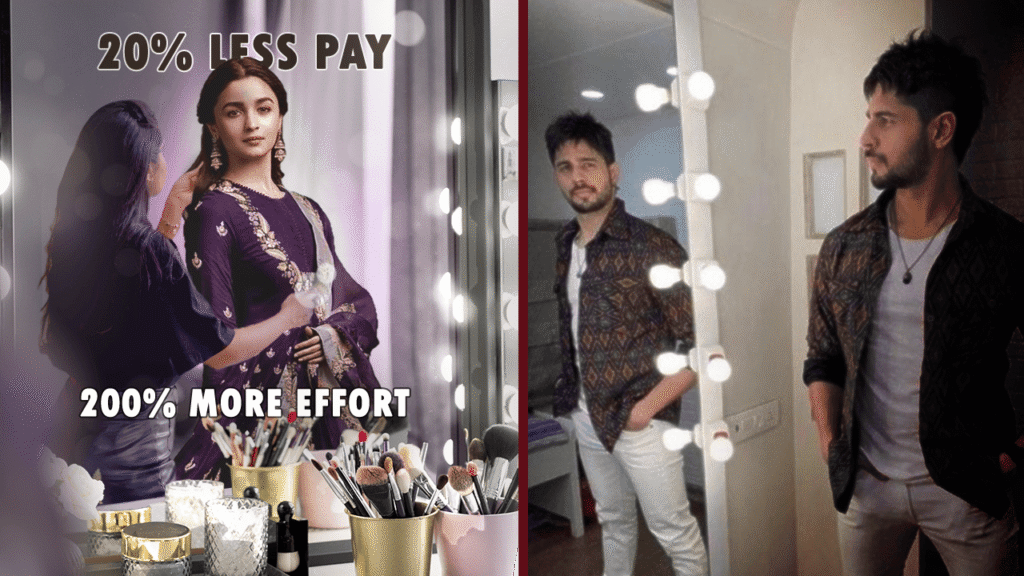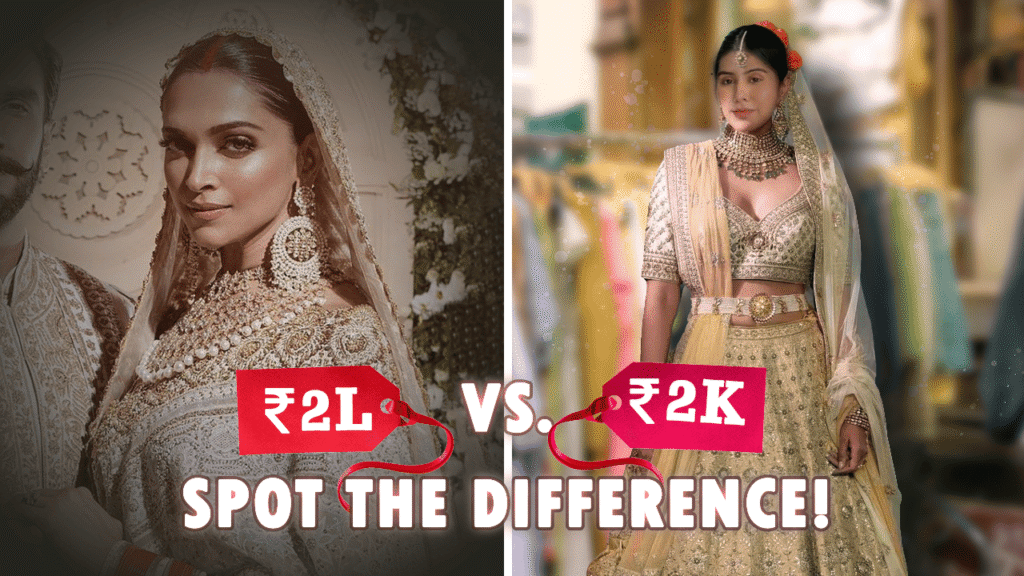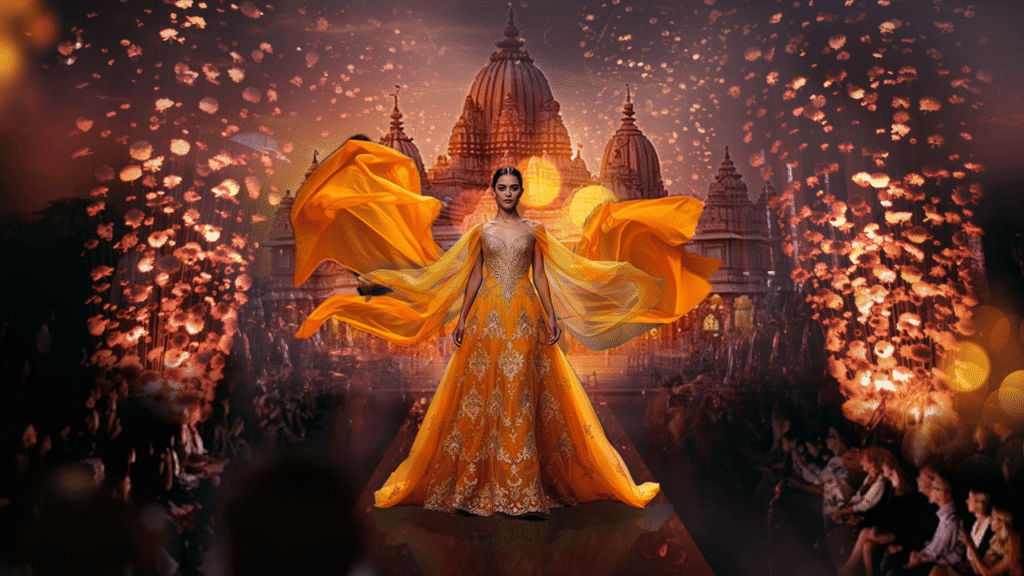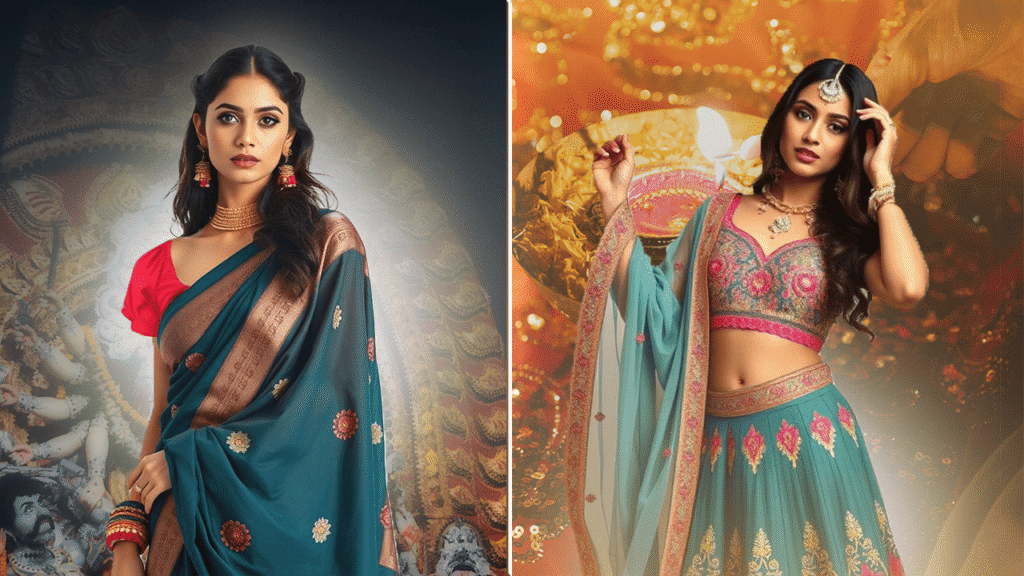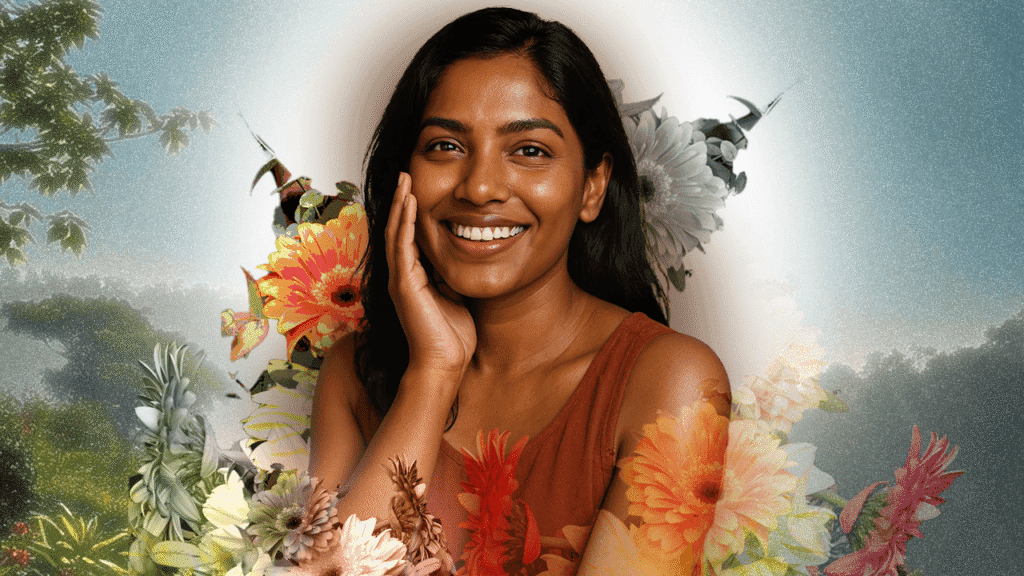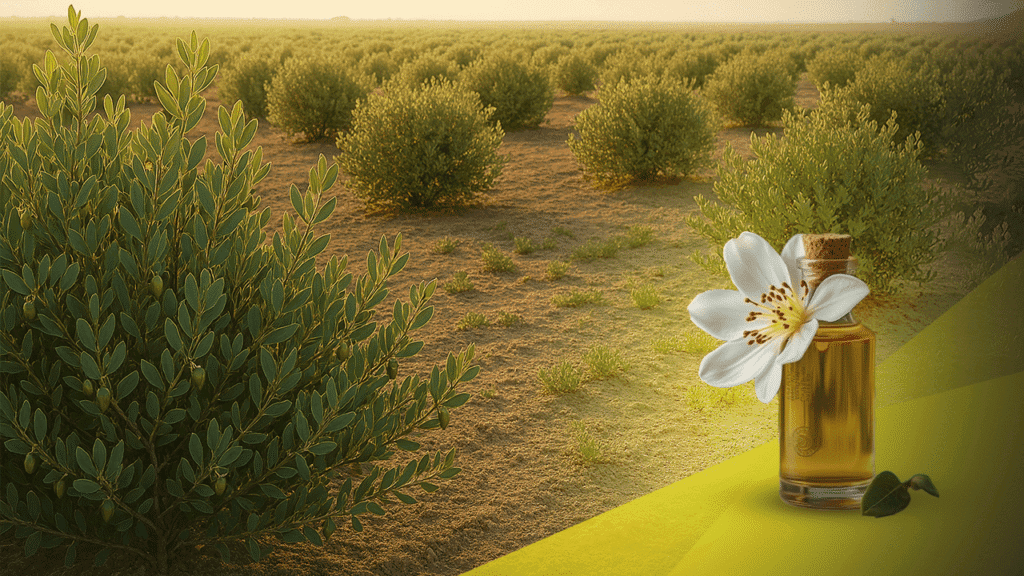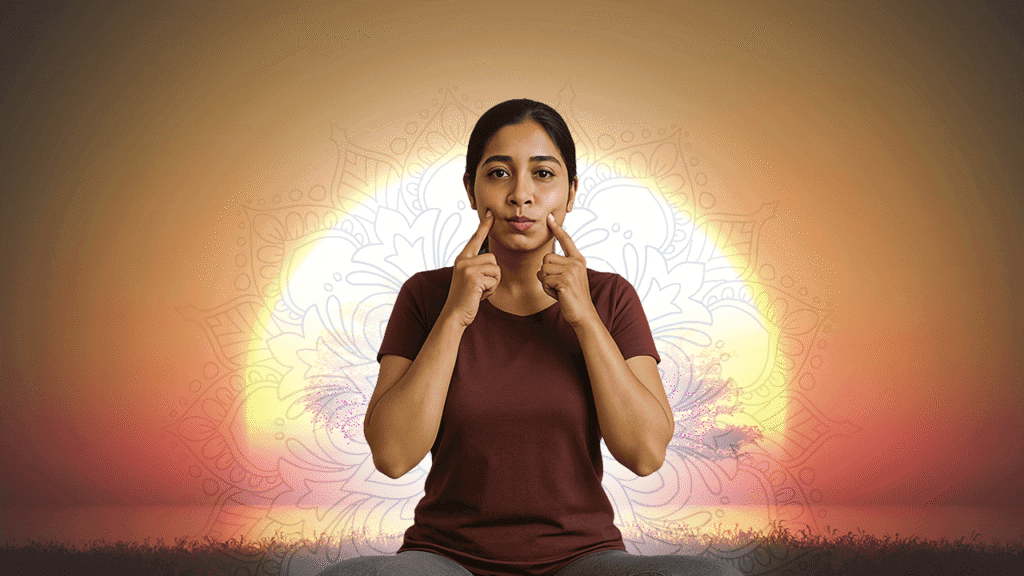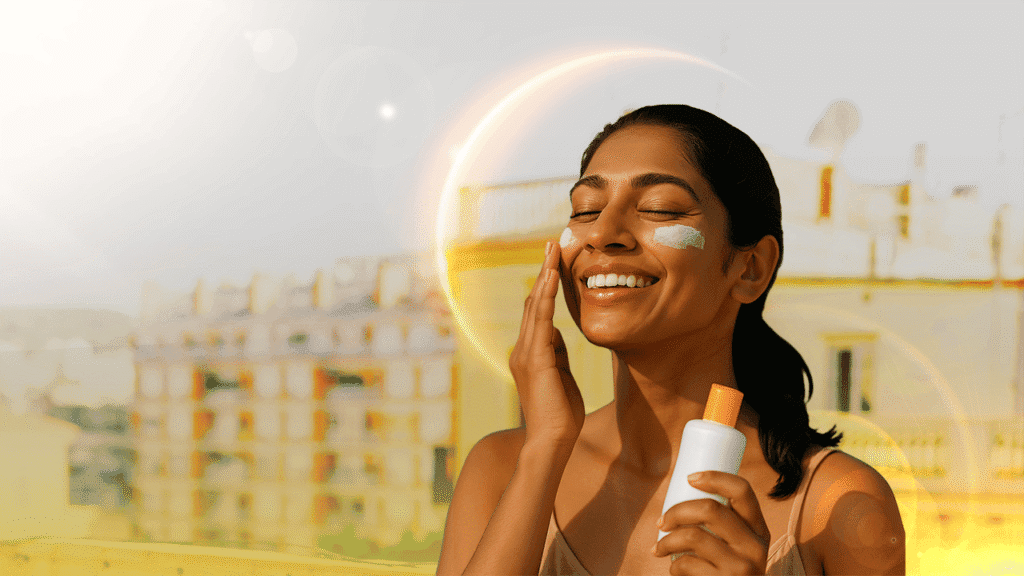Bollywood’s Pay Gap Exposed: Female Actors Earn 20% Less but Spend 200% More on Stylists
Advertisement Home Bollywood’s Pay Gap Exposed: Female Actors Earn 20% Less but Spend 200% More on Stylists By Priya Sahay Updated on May 14, 2025 IST 9:55 am “Alia spends ₹2cr to look ‘perfect’—but her paycheck doesn’t match. The shocking data!” Picture this: you’re walking the red carpet, lights blazing, fans chanting your name, and the world watching your every step. You’re the star, the heartbeat of the film—but when the paycheck arrives, it’s 20% lighter than the guy standing next to you. Oh, and while he’s chilling in a simple kurta, you’ve just spent 200% more on stylists to look like the goddess Bollywood expects you to be. This isn’t a dramatic movie scene; it’s the real-life struggle of actresses like Alia Bhatt. A recent FICCI report has ripped the glitter off Bollywood’s shiny surface, revealing a stark truth: female actors earn less but spend a fortune to fit the industry’s impossible beauty standards. Alia, for example, drops ₹2 crore a year on stylists—enough to make your jaw drop faster than a Dabangg stunt. Meanwhile, her male co-stars spend peanuts by comparison. Why this gap? What’s driving it? And what does it mean for the Bollywood we adore? Grab your chai (or popcorn), and let’s unravel this blockbuster tale of inequality. The FICCI Report: Cold, Hard Facts The FICCI report landed like a thunderclap in a quiet scene—sudden, loud, and impossible to ignore. It says female actors in Bollywood earn, on average, 20% less than their male counterparts. That’s not just a small dent; it’s a crater in their bank accounts. But here’s where it gets wild: despite the lower pay, they’re spending 200% more on stylists. Take Alia Bhatt—she’s reportedly shelling out ₹2 crore annually to keep her A-game on point. That’s more than some small-budget films cost! Now, peek at the guys. A top male actor might spend ₹50 lakhs—still a big number, but nowhere near Alia’s stylist bill. Why the difference? It’s not that men don’t groom; it’s that Bollywood doesn’t demand they turn into polished statues for every appearance. A messy beard or a faded tee? “Oh, so rugged!” But for actresses, one off-day outfit can ignite a Twitter storm. The report isn’t just numbers—it’s a spotlight on how unequal expectations weigh down women in tinsel town. Behind the Gap: More Than Just Box Office Pull You might wonder, “Maybe male stars just bring in more fans?” But let’s hit pause on that thought. Alia Bhatt’s Raazi had us all teary-eyed and raked in crores. Gangubai Kathiawadi? A masterpiece that proved her star power. She’s not riding anyone’s coattails—yet her paycheck doesn’t reflect it. The FICCI report digs deeper, pointing to an old-school mindset: male actors are the “heroes,” the ones who “carry” the film, while actresses, no matter how brilliant, are often seen as the “pretty sidekick.” It’s like a cricket match where the batsman gets all the cheers, but the bowler—who’s taking wickets left, right, and center—barely gets a nod. This isn’t about talent; it’s about tradition. Bollywood’s stuck in a time warp where men are the default draw, even as audiences evolve. Teens today stan Deepika Padukone’s fierceness in Padmaavat as much as Ranveer Singh’s energy. So why does the money still tilt one way? It’s a question that’s starting to echo louder than a Karan Johar climax. The Stylist Trap: A Pricey Must-Have For actresses, stylists aren’t a perk—they’re a lifeline. Every premiere, every Instagram post, every airport look—it’s a performance. One slip-up, like that time Priyanka Chopra’s dress got flak for being “too bold,” and the trolls pounce. Perfection isn’t optional; it’s mandatory. Hair, makeup, outfits—it’s a production line, and the bill? Sky-high. Alia’s ₹2 crore stylist tab isn’t an outlier; it’s the norm for top actresses. Now flip to the men. Shah Rukh Khan in a basic jacket? “King of cool.” Varun Dhawan in sneakers? “So relatable.” They don’t need to spend crores to stay relevant—Bollywood lets them off easy. For women, it’s a different game: a marathon of glamour where they’re judged harder and paid less. It’s like they’re cooking a five-course meal while the guys toss a quick sandwich and call it a day. The stylist trap is real, and it’s draining their wallets dry. The Stars Speak: Will Words Turn Into Action? Some actresses aren’t staying quiet. Kareena Kapoor Khan, Bollywood royalty, has thrown shade at the pay gap. “We’re breaking our backs on set—why shouldn’t our pay match?” she snapped in an interview. Alia’s been subtler but firm: “It’s a discussion we can’t avoid.” Even Deepika’s hinted at it, joking that her stylist bills should come with a film credit. The chatter’s growing—#PayHerMore trended after the FICCI report dropped. Fans, especially the Gen Z crowd, are hyping their queens online. But the bigwigs? Mostly silent. One producer mumbled, “It’s just how the market works.” Really? When Queen and Piku smashed box-office records, didn’t that prove women can sell tickets too? The old excuses are crumbling, but the paychecks haven’t caught up. It’s a cliffhanger waiting for resolution. Why This Hits Home: A Fan’s Take If you’re 15, Bollywood’s your escape—those larger-than-life stories that make you dream big. But seeing your fave actresses hustle harder for less? That stings. It whispers that no matter how talented you are, your worth might still hinge on your looks. For the 45-year-olds, it’s a wake-up call: inequality isn’t just a workplace thing—it’s baked into the entertainment we love. As fans, we’re not powerless. Every ticket we buy, every post we share—it’s a vote. When we rave about Alia’s Highway or Taapsee Pannu’s Thappad, we’re saying women-led films matter. So why not push harder? Demand fair pay like we demand good scripts. This isn’t just Bollywood’s fight—it’s ours too. Flipping the Script: Can Bollywood Change? How do we fix this mess? Step one: transparency. If studios shared salary breakdowns, the gaps would be too glaring to ignore. Step two: more women calling the shots—producers, directors, writers—who get it and

